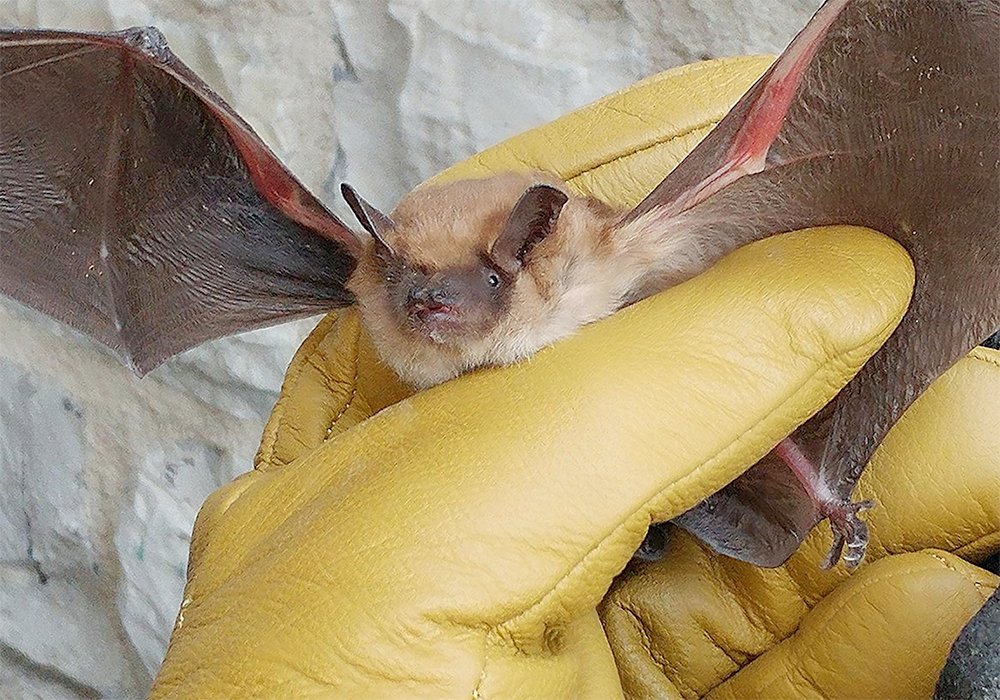Rabies is one of the most terrifying diseases to afflict animals because of how it is spread, its lack of treatment and its dramatic clinical presentation.
The virus is spread by bites of infected animals. Within the salivary glands, the virus replicates and enters the saliva. When a rabid animal bites, the virus is inoculated into the muscle and subcutaneous tissues, where it replicates locally.
From there, it spreads rapidly up the nerves to the spinal cord and brain at a rate of three millimetres per hour. Once in the brain, it elicits inflammation, fluid buildup and swelling, which all change the animal’s behaviour.
Read Also

Canada’s slaughter horse industry lacks transparency
The lack of clear reporting and public access to data keeps the industry largely hidden, leaving questions about humane treatment and traceability unanswered.
Behaviour changes commonly attributed to rabid animals are similar to other central nervous system infections and include excessive salivation, abnormal behaviour, weakness and apparent stupidity.
From the brain, it spreads into the salivary glands and is present in high amounts in saliva. When a rabid animal bites, it easily spreads the infection to its next victim. In almost all cases, death occurs after the virus reaches the brain, taking between two weeks and six years, with an average of two months.
Unlike viruses such as canine parvovirus, rabies does not survive well outside the host and animals do not become infected from contacting the virus in contaminated environments. It is spread through direct contact.
Rabies is classified in Canada as a reportable disease to the Canadian Food Inspection Agency under the Federal Health of Animals Act. When people have known contact with rabid animals, this must also be reported to public health authorities.
According to CFIA data from 2023, there were 2,372 animal samples tested for all of Canada. Among these, 113 tested positive for rabies, which is just under five percent.
In Western Canada, most cases were in bats and skunks; the only domestic animal infected last year was a single bovine from Manitoba.
This data, which one can easily view on the CFIA website, is typical for this disease in Canada. Most cases are in wildlife reservoirs including bats, arctic and red foxes, skunks and raccoons. Then there are usually a few domestic animal cases in cattle, horses, dogs or cats.
Of course, a big risk of rabid animals is their potential to spread the virus to people. This zoonotic spread has happened more than 20 times in Canada in the last 100 years. Sadly, the mortality rate in untreated symptomatic human cases is almost 100 percent.
Post-exposure treatment usually involves a series of expensive vaccinations. This is why people who work closely with at-risk animals are routinely vaccinated for rabies. In my first week of veterinary school, we were marched off and lined up for our rabies vaccine before even learning which end of a horse to feed.
Every year, an estimated 59,000 people die of rabies throughout the world. Most are in Asia and Africa and many of these deaths are in children. Nearly all are the result of contact with rabid dogs.
There is a global initiative to eliminate rabies transmission from dogs by 2030. Experts regard the mass vaccination of dogs as the most important measure to control rabies in this species. Let’s hope it is successful.
Vaccination of domestic animals not only prevents disease but also helps protect the people they contact. In Canada, the only pockets of rabies persist in wild animals, so domestic animals mainly become infected from wildlife encounters and our pets and livestock may have contact with a rabid fox, bat or skunk.
It is a dangerous situation indeed if an unvaccinated domestic pet has contact with a rabid animal without the owner noticing.
Although rabies cases in Canada are relatively rare, it remains an important disease. It is always worth considering as a possible reason for animals to behave abnormally.
Rabies vaccines here and abroad continue to be important for protecting animals and people from this deadly disease.

















